
Any caliber can be lethal with ideal shot placement. The truism is echoed in gun stores, on shooting ranges, and throughout the internet forums. However, as hundreds of thousands of ballistic tests and actual shootings illustrate, there are boundaries to that advice. A bullet that cannot penetrate as deeply as required or transmit enough energy will not make up for even the most rock-steady aim.
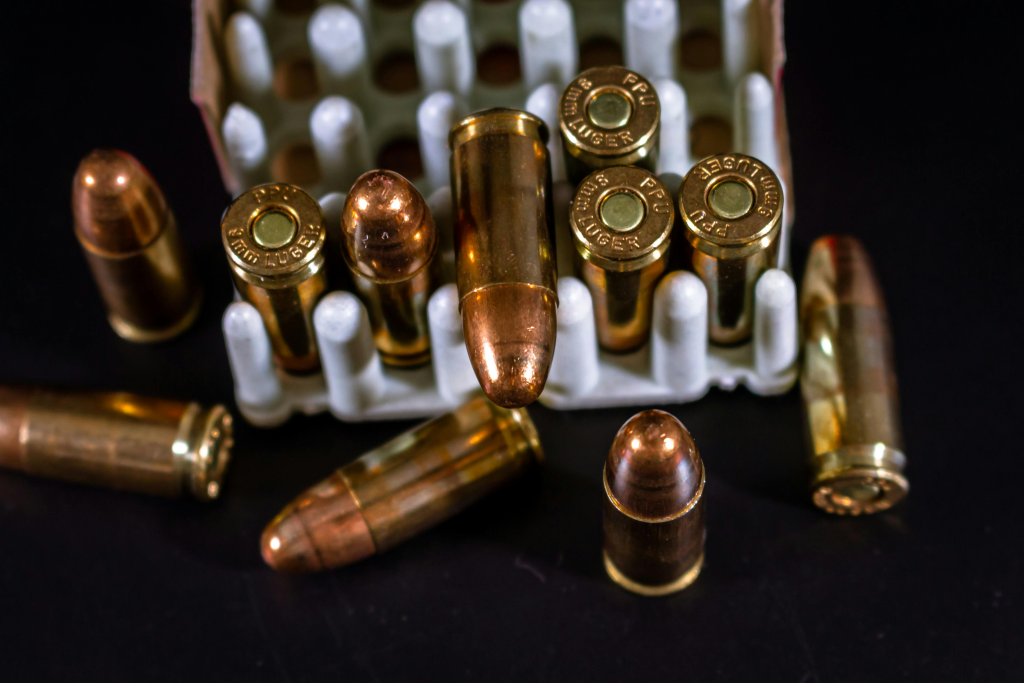
For hunters and those concerned with personal defense, caliber choice is not just a matter of preference it is a question of capability. The FBI’s own penetration standard of 12 to 18 inches in ballistic gelatin underscores the need for rounds that can reach vital organs under varied conditions, including heavy clothing or bone. Some cartridges, while historically interesting or mechanically charming, simply do not meet that bar.
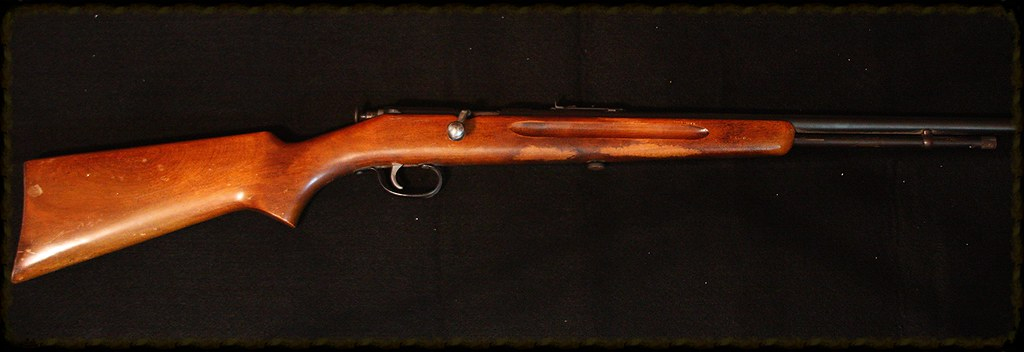
1. .22 Short A Historic Round Lacking Contemporary Stopping Power
Since its introduction in the mid-19th century, the .22 Short has remained a low-recoil, low-noise cartridge that suits casual target shooting. Due to its small case and light bullet, it is suitable for novices and effective for pest control at short range.
Yet, its depth of penetration is stark. Ballistically, the .22 Short simply does not penetrate vital anatomy on medium-sized game or human attackers, especially through bone or multiple layers of clothing. At even close range, its delivery of energy is too low for reliable incapacitation. Despite being a nostalgic and cheap plinking cartridge, professionals all concur that it is not an effective option for ethical hunting or self-defense carry.
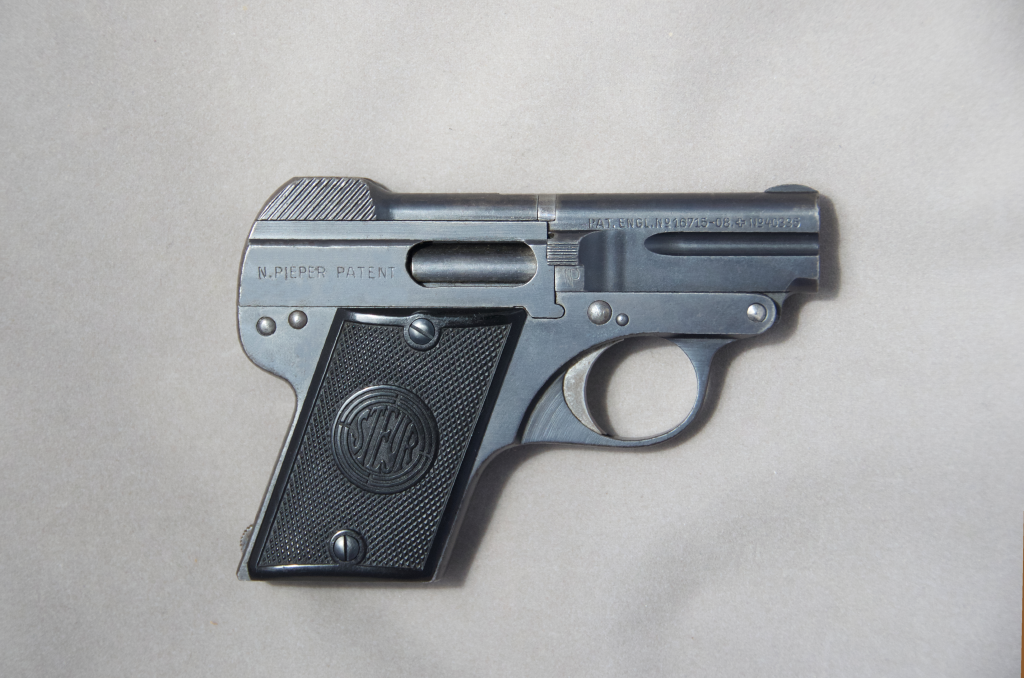
2. .25 ACP Reliability Without Reach
John Browning’s .25 ACP, developed in 1905, was designed as a centerfire substitute for the .22 rimfire in pocket pistols. Its centerfire form provides greater ignition reliability than rimfire cartridges, a fact often quoted by champions. In full testing, it has exhibited reliable function in high-quality pistols.
However, penetration is still its weakest link. Gelatin tests find that even with full metal jacket charges, numerous .25 ACP bullets fall short of the FBI minimum. Expanding bullets within this caliber tend not to open or, if they do, compromise what little penetration they may have gained. As one study of pocket pistol calibers explained, only a few FMJ loads hit 12 inches, and only then was there inconsistent performance. For the vast majority of defensive situations, the .25 ACP’s limited ballistics do not provide much room for error.
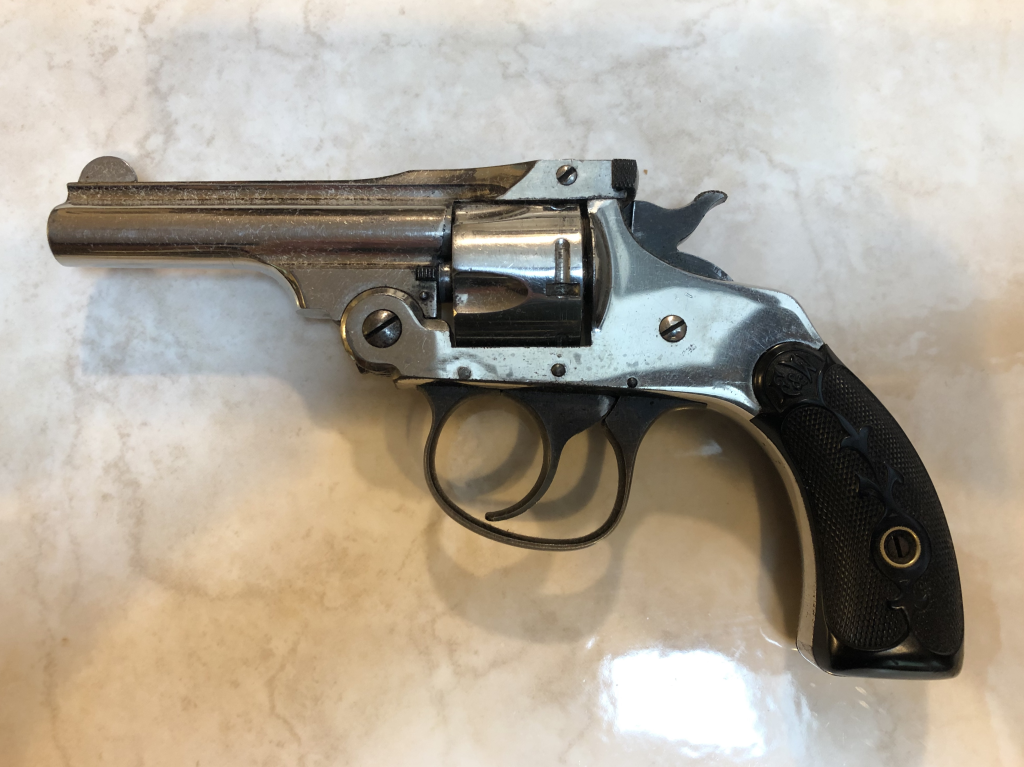
3. .32 S&W (Original) Superseded by Its Own Descendants
The original .32 Smith & Wesson, first marketed in the late 19th century, was at one time a ubiquitous police and civilian cartridge. Its low recoil and gentle report made it a favorite in small revolvers.
Current standards reveal its limitations, however. With sluggish, light bullets, it has trouble penetrating intermediate barriers and tends to perform poorly even at short distance. In contrast with its more powerful descendants the .32 H&R Magnum and .327 Federal Magnum it lacks the velocity and energy to produce reliable wound channels. It is largely outmoded in current defensive applications, seen mostly in antique revolvers and of interest purely historically.
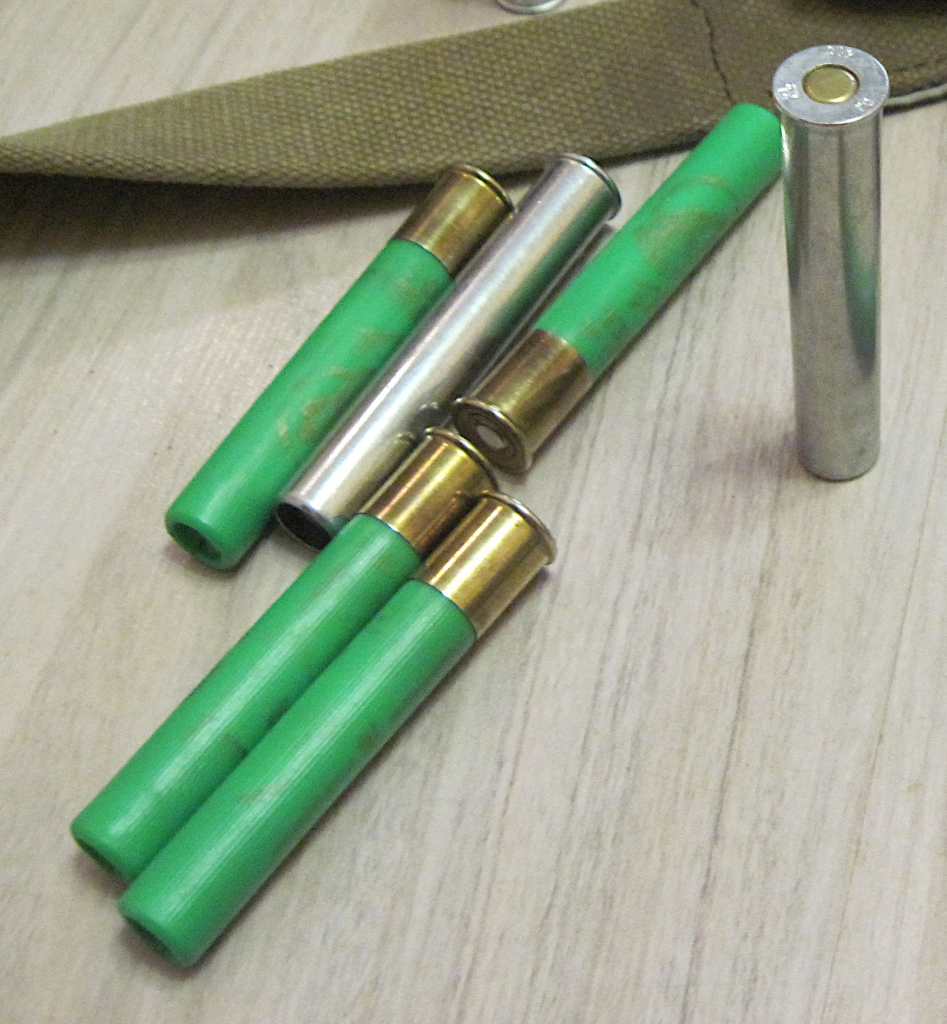
4. .410 Bore from a Handgun Spread Without Substance
The attraction of a .410 shotshell revolver is its adaptability and menacing muzzle appearance. However, ballistic testing is less flattering. In plain gelatin tests, plated 000 buckshot out of short barrels produced best penetration depths of 14–16 inches, but there was severe decline in performance once heavy clothing was added. Lighter birdshot loads penetrated too shallowly to knock out a determined attacker.
Even defensive loads based on slug have exhibited unstable stability and expansion from short-barreled pistols. Although more than one projectile per trigger pull may enhance hit probability, minimal kinetic energy per pellet roughly equivalent to the .32 Auto restricts terminal effect. In defensive situations, experts warn that handgun .410 too often trades penetration for spread.
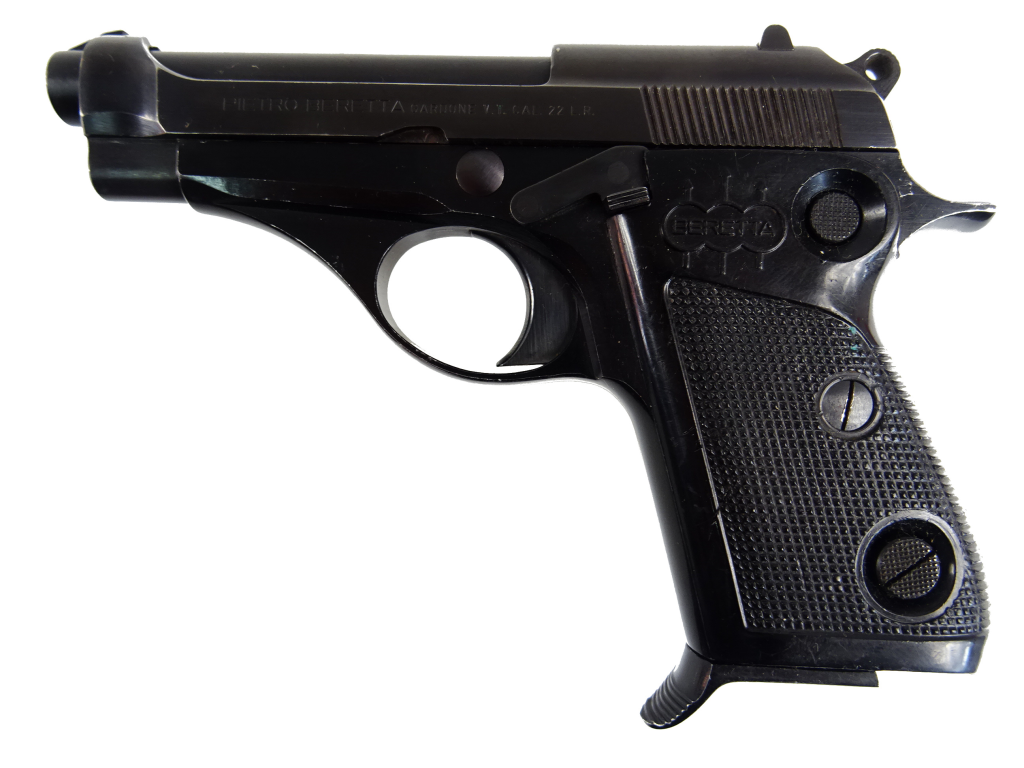
5. .22 LR for Self-Defense Affordable but Unpredictable
The .22 Long Rifle is one of the most common cartridges globally, its low price, light recoil, and versatility making it a treasure. It can serve to kill small game in rifles. It is commonly selected by recoil-sensitive users or those desiring great magazine capacity in handguns.
However, as FBI-standard testing indicates, its rimfire ignition and light bullet limit its usefulness in self-defense situations. Penetration may be marginal when fired from shorter barrels and expansion minimal without depth trade-offs. Though it can prove fatal with controlled shots, the stress and motion of actual confrontations ensure such accuracy is much less likely. For the unavailability-conscious, however, high-quality ammunition from major manufacturers is the best hope for acceptable performance.
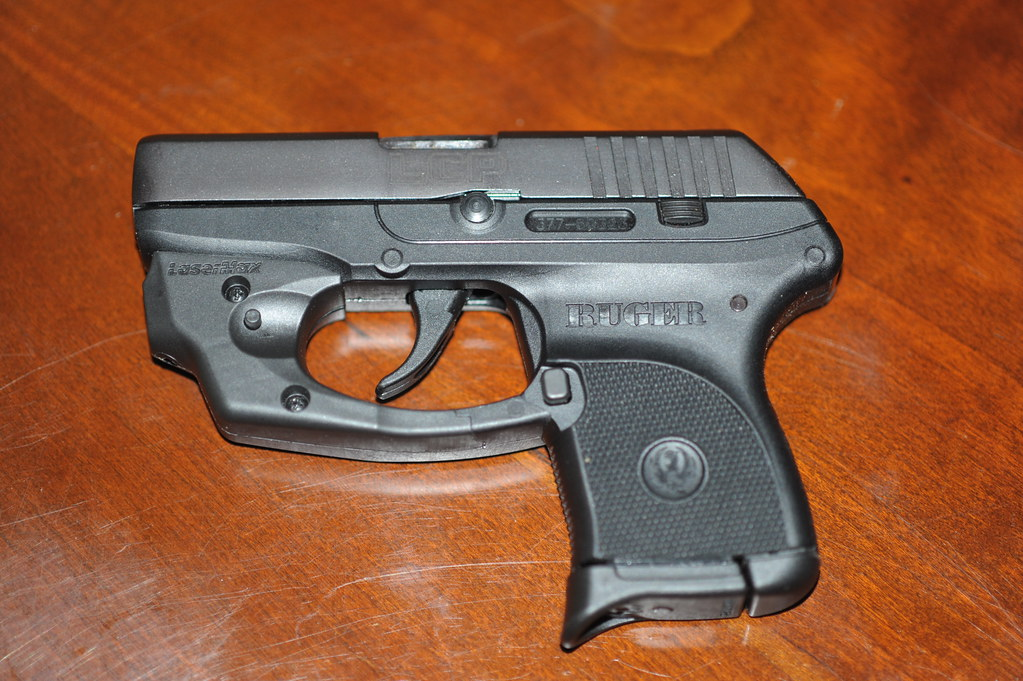
6. .380 ACP FMJ Over- or Under-Penetration Risk
The .380 ACP is generally considered the lower boundary for effective defensive calibers, but choice of ammunition is essential. Full metal jacket ammunition in this caliber, while being good for consistent feeding, may pass through soft tissue with little effect or not penetrate to vital organs, depending on velocity and target tissue composition.
Modern jacketed hollow points are engineered to balance expansion and penetration, but in .380 ACP, that balance is delicate. As detailed in comparative testing, some JHP loads approach the FBI’s 12-inch minimum, but many fall short. Relying on FMJ to guarantee penetration can mean trading effective wound channels for through-and-through shots that fail to stop a threat quickly.
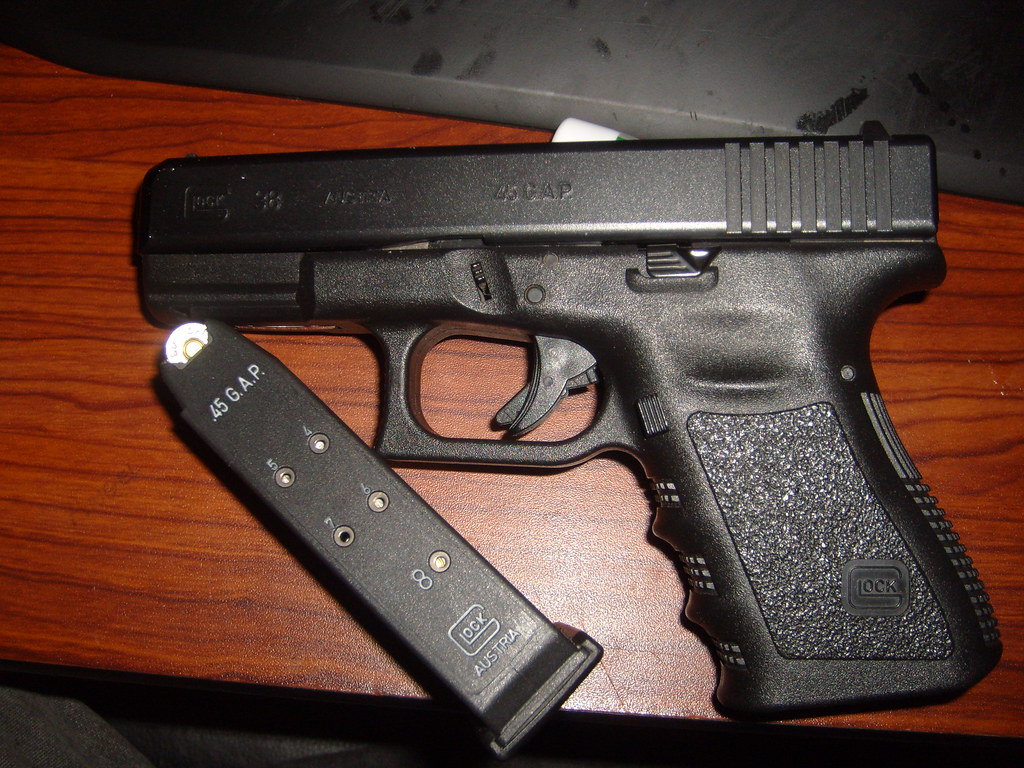
7. .45 GAP A Solution That Never Took Hold
The .45 Glock Automatic Pistol was intended to match .45 ACP ballistics in a shorter case to make possible smaller grip frames. In theory, it equaled its ancestor’s ballistics with equal bullet weights and velocity. In reality, as several side-by-side comparisons observe, the .45 GAP presented no real gain in recoil, accuracy, or stopping power, but with the disadvantage of low ammunition supply and greater expense. Currently, only Glock manufactures pistols for it, and defensive load choices are few. With .45 ACP enjoying wider support and well-documented field performance, the .45 GAP remains a niche caliber with diminishing urgency.
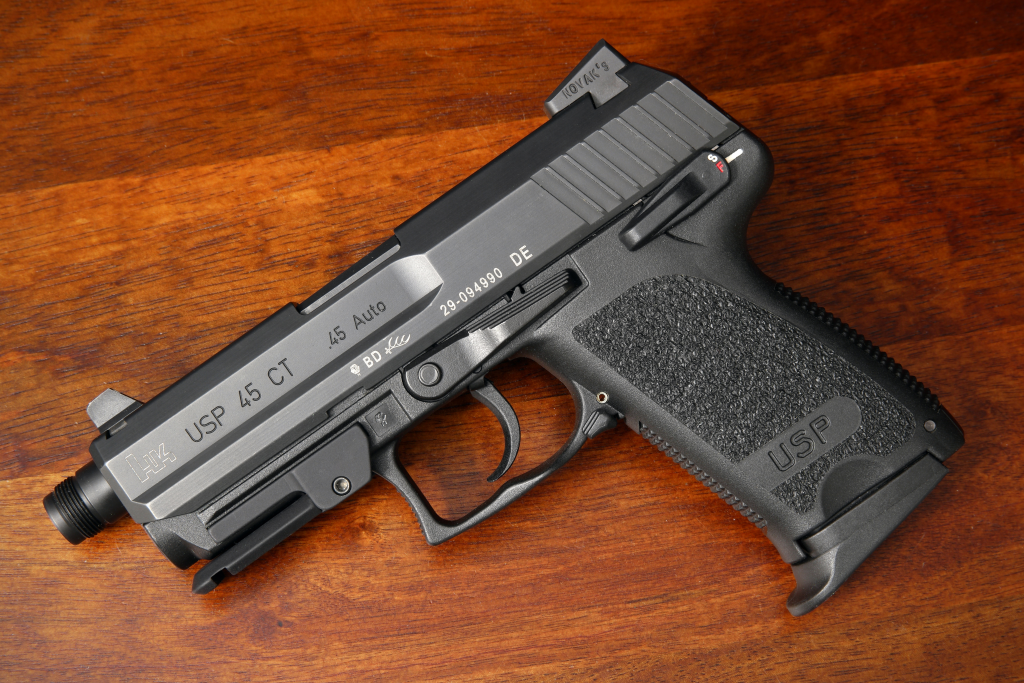
Caliber choice is as much a matter of excluding bad options as it is selecting the ideal. Although each cartridge listed here plays its part in firearms history, their inability to penetrate, generate energy, or be found in modern defensive or hunting applications makes them unsuitable for today’s defense or hunting. In a world where every shot counts, selecting a round that conforms to established standards of performance is not only wise it is necessary.


